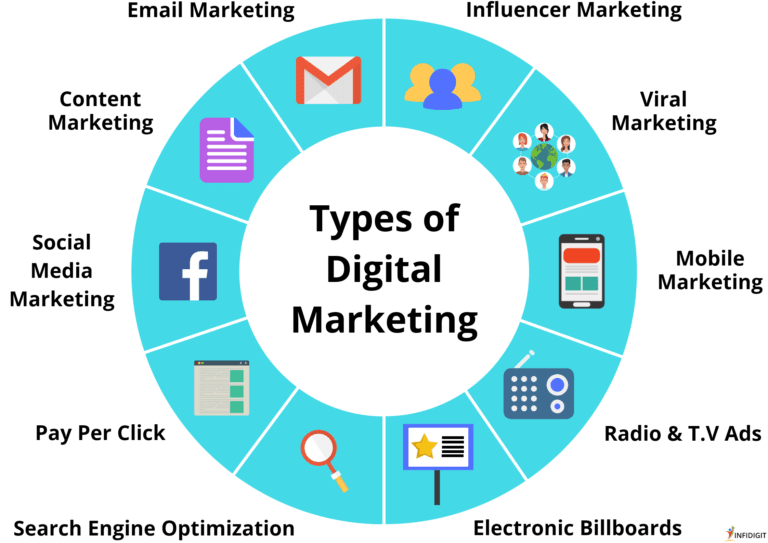PR vs Marketing: strategies for B2B startup success
So you’ve got your business off the ground, perhaps you’ve hired a core team, brought on some customers, maybe even completed a fundraising round. At some point during this journey someone drops the G-bomb – meetings are quickly scheduled, ideas pooled on a flipchart and strategies discussed.
“How are we going to GROW?” the COO founder asks their more business development-savvy CEO founder.
“Let’s hire a PR agency and spend more on marketing,” the CEO replies.
Communicate vs Sell
While that sounds like a decent plan, there are some simple and fundamental differences between marketing and PR that determine when and how they should be used to further your mission.
If your business is selling a product or service, which in most cases it will be, chances are that you’re going to have a sales team. Now, unless you’ve designed the equivalent of a Krispy Kreme – sweet and shareable where word of mouth drives most sales – your sales team will need a thrust of marketing to reach potential customers and generate leads or retain existing users.
So, think about revenue, think about marketing. Marketing can include anything from email marketing and newsletters, to social media PPC (Pay Per Click) campaigns, content marketing where you create blogs with call to actions (CTAs) that try and funnel visitors towards booking demos and enquiring more. You could also look at marketing through partners or sponsoring events and hoping to attract your customers through affiliate networks.

Truth be told, marketing is a broad remit that helps you source potential customers, offline and online, and make them aware of your products and services before the sales team tries to convert that investment into revenue. In simple terms, marketing communicates your value proposition and gains buy-in with prospects.
Unless you’ve designed the equivalent of a Krispy Kreme – sweet and shareable where word of mouth drives most sales – your sales team will need a thrust of marketing to reach potential customers
Business-to-business (B2B) PR doesn’t work like that. If your product is designed to solve the needs of other businesses and a PR agency comes knocking with a pitch about how they’re going to propel your sales numbers, ignore the email and block them on twitter! To invest in PR you should have broader business objectives such as attracting new talent, reaching potential investors and building partnerships. All of these things combine to help with the GROW question.
Choose your target audience
You’re now moving towards your mission and achieving all the amazing things that you promised your family and friends you would do. You jumped off a cliff and tried to build a plane before you hit the ground, i.e. the hectic startup journey many founders are used to, and now you’re starting to stabilise and hit the hockey stick growth moment. Now’s a good time to start thinking about PR.
PR follows your business, it’s led by your milestones, impact and broader ambitions. There are, of course, strands of PR that deal with crises and putting out fires, but for the purposes of this blog we’re thinking about external relations and engaging audiences to align with the growth of your business.
Number one objective for pre-seed to Series A technology companies is typically raising enough capital to invest in the product so that you can expand. Reaching those investors and building a footprint that demonstrates your progress to date is tough. That’s where PR comes in handy.
Any way for you to communicate to key stakeholders that is compelling and wide-reaching is good PR
You may choose to engage media outlets and pitch your company’s story or your founders’ stories – both can work well depending on the context – or roll out thought leadership articles with interesting data and insights on the sector you’re providing solutions for. Either those stories land in an investor’s inbox or help build up fantastic SEO when they’re doing some initial research about you.

For the talent acquisition plan, perhaps you choose to grow a roaring LinkedIn and Twitter following by broadcasting engaging, visual and insightful content about your company and what you’re doing in the market. There are few better places to pick up skillful engineers, developers and salespeople.
As you evolve and pick up momentum you can think creatively about PR and attend and speak at events, host roundtable discussions and webinars, post informative Twitter threads, and provide journalists with regular background briefings about your progress. In essence, any way for you to communicate to key stakeholders that is compelling and wide-reaching is good PR.
Measure my success
While there are more and more sophisticated ways to measure PR success as outputs become increasingly digital, marketing is always going to trump on this subject. For example, we spent $1,000 dollars on a Google Ads marketing campaign and converted that into $9,000 of sales.
But the truth of the matter is that the potential of PR ROI (return on investment) can be enormous. How about that one investor who reads an article about you and commits $500,000, or the new CTO who sees your Medium blog?
Because marketing and PR share similar channels and are often lumped into the same budget item when it comes to planning, their outputs can easily be confused. Because they are both outward facing and involve writing copy, a founder may be forgiven for designating someone with skills in one area responsibilities for the other too.
So next time you think about marketing and PR, remember: different audiences, different strategies, different outcomes! This piece, for example, is marketing 😉






